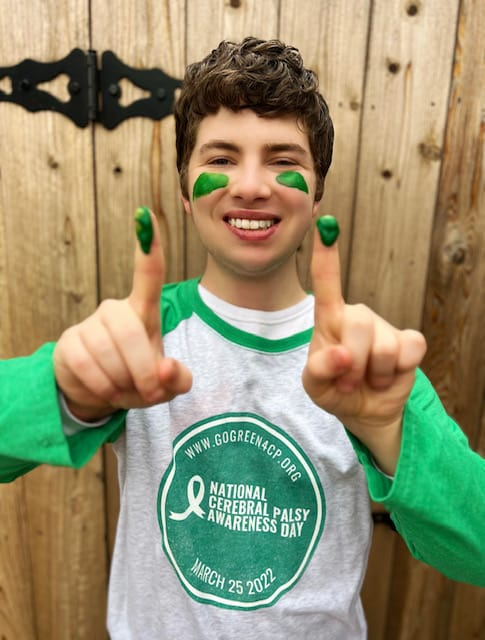He was silent as an infant. He never cooed or babbled and even his cries were quiet. He struggled with feeding; the bottle simply too much for his mouth. His little head jerking and twisting as he desperately tried to get his mouth securely around the bottle nipple. The formula ended up all over both of us until he grew frustrated and stopped trying, and instead began to cry softly.
I’ll never forget the sanitizing smells of the many doctor’s offices we visited. The bright lights above, buzzing as they highlighted us, waiting to be called back to see specialists. Tests were run and diagnoses were given. It was as if these people with medical backgrounds and degrees were handing us the missing puzzle pieces we so desperately needed. The pieces began to fit together and we slowly began to understand our child a little better.
The days were filled with appointments, therapies, IEP meetings, and staying in contact with his special needs teacher. The nights were filled with deafening silence as I laid awake, worrying about what our next step would be and how our son would handle everything as he grew; how we would handle everything as his parents.
He had a crooked smile that he grew to hate. People would tell him to smile for a picture and he would do his best. They would take the picture and then turn to me, “Why does he smile like that?” My heart would sink. I found him sitting in front of the mirror in his room one day. He would watch himself smile, then stop, then smile again. I realized he was practicing his smile.
A smile.
It’s something most of us never really think about much. We don’t have to practice and we certainly don’t have to think about it when we’re smiling for a picture.
People began to notice the change in his smile. He had perfected his crooked smile with determination and practice.
Now, he smiles all the time. It’s a contagious smile.
If a boy with cerebral palsy can perfect a crooked smile with practice, think of what you can accomplish if you set your mind to it.
What is your crooked smile?






